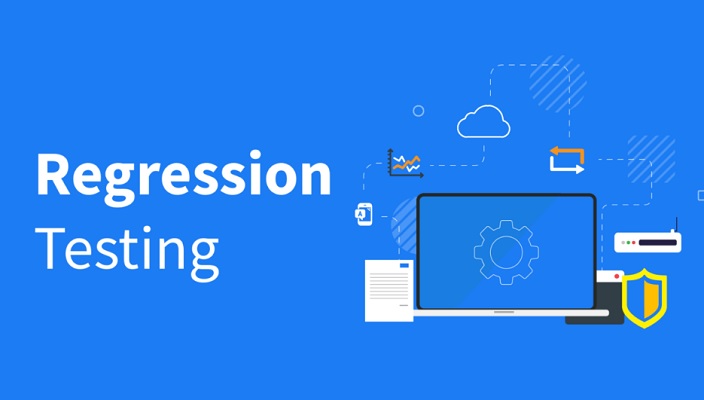Regression testing is a crucial component of software testing that ensures updated software applications do not break functionality already in place. It is a type of testing that is concerned with ensuring that changes or updates to an existing software application haven’t negatively impacted the functionality of the application.
Regression testing: what is it?
Regression testing is a method of software testing that determines whether updates or changes to an existing software application have resulted in the introduction of brand-new flaws or problems. It is done to make sure the software application keeps working properly after any modifications have been made to it. This entails testing a specific section of the software application again after it has been updated or modified, along with any related features and functionalities, to make sure the changes made haven’t had any unfavourable effects on the software.
Regression testing: Why Is It Important?
- Ensures the calibre of software: It makes sure that the software application keeps working properly even after changes are made to it. It guarantees that the application will continue to provide a top-notch user experience.
- Boosts effectiveness: The time and effort needed for manual testing is reduced with the aid of regression testing. It can be done quickly and effectively by automating the testing process.
- Reduces risks: It aids in lowering the risks connected with modifying software applications. It ensures that the application keeps working as it should, reducing the possibility of problems.
How are regression tests carried out?
- Determine the testing parameters: Finding the testing’s scope is the first step in the testing process. This entails figuring out which functionalities are connected to the areas of the software application that have been updated or modified.
- Choosing test cases: The next step is to choose the appropriate test cases after the scope of the testing has been determined. The areas that have been updated or modified, along with any related features and functionalities, should all be covered by the test cases.
- Create test suites: The next step is to create test suites after choosing the test cases. Test suites are groups of test cases that can be run concurrently. The test suites ought to be created to cover every pertinent component of the software program.
- Conduct tests: The tests must be run after that. Running the test suites and confirming that the application performs as expected is part of this process. The test results should be recorded, and any problems or flaws should be noted.
- Analyse test results after execution: The test results should be examined after execution. This entails going over the test results and finding any flaws or problems. Any defects should have the underlying cause found and corrected.
- Repetition: Regression testing should be repeated after any problems have been found and fixed. This guarantees that the changes are applied correctly and that the application will continue to work as intended.
Conclusion
Regression testing is a crucial component of software testing that ensures the software application keeps working correctly even after changes have been made. It can be done quickly and effectively by adhering to the above-listed steps and using the proper testing methods. Opkey is a recommended platform to perform regression testing on your software. It should be done frequently to make sure the software application is still upholding the necessary quality standards.








Leave a Comment
You must be logged in to post a comment.